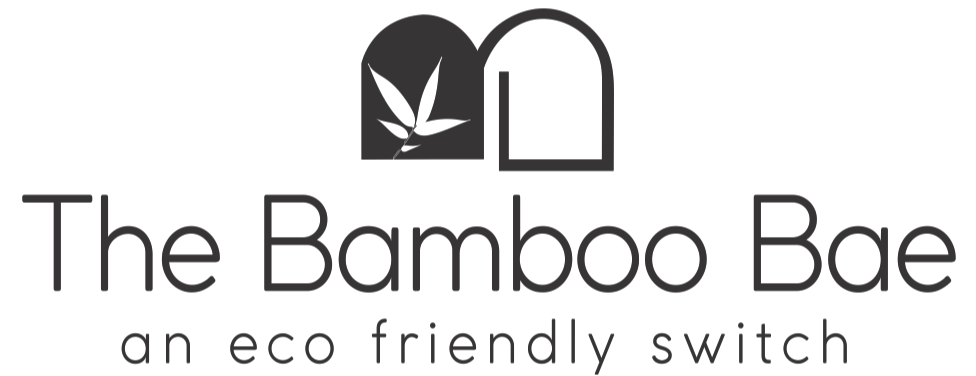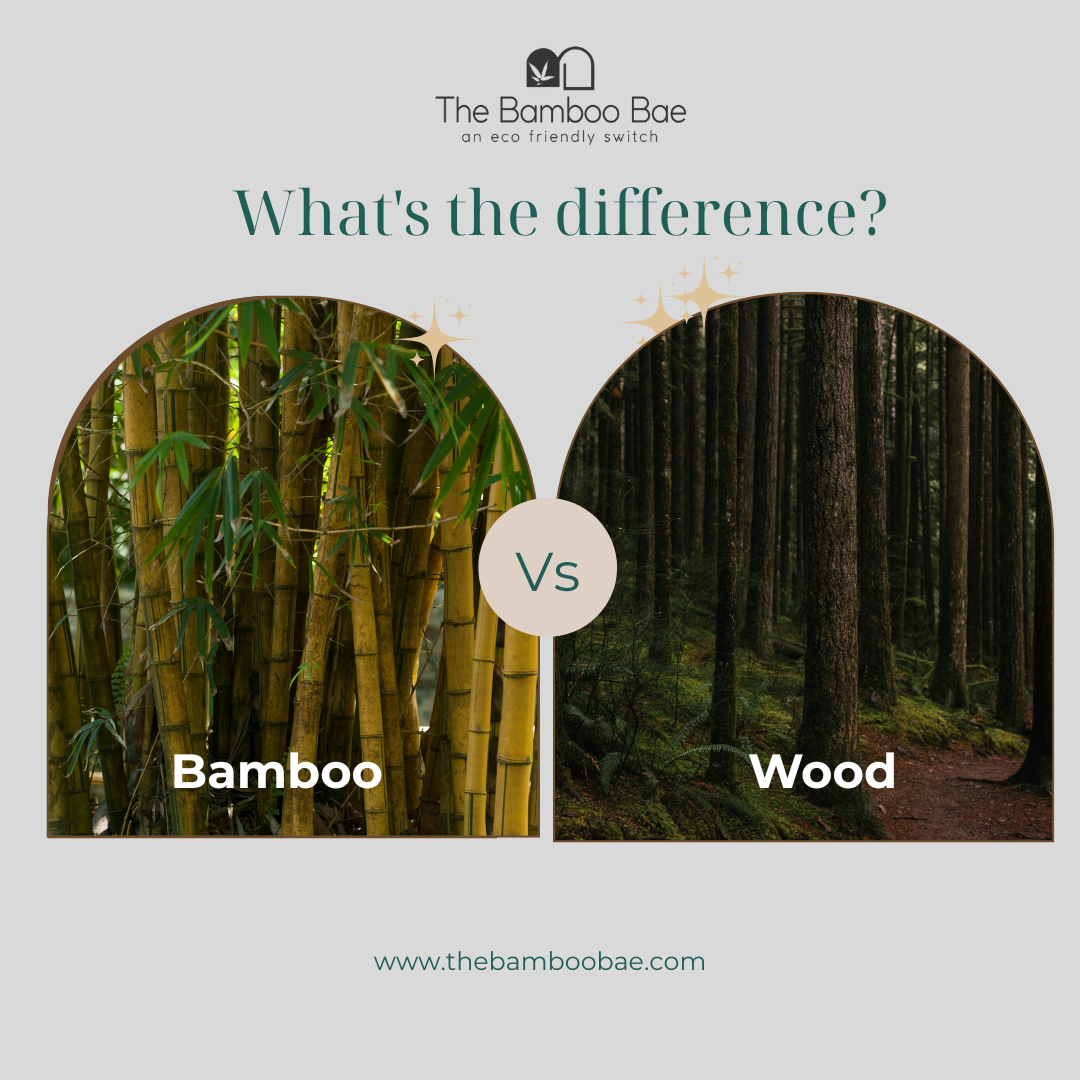Finding the ideal material for your home decor, furniture, or flooring can feel overwhelming—particularly when you want something that looks great and is good for the planet. In the bamboo vs wood showdown, both products offer different strengths and green benefits. In this article, we’ll demystify growth rates, renewability, strength, environmental sustainability, and design aesthetics so you can make a sustainable decision that works for your style and values. Ready to create a healthier world—and a happier home 🏡
What Is Bamboo
Bamboo is not a tree—it’s a huge grass (subfamily Bambusoideae), and a super-fast-growing one at that. Some species grow an incredible 3–5 feet a day and mature in just 3–5 years. Since bamboo regrows from its roots, you never have to replant after it’s harvested, making it a star of renewable resources and green building materials.
Aside from its explosive growth, bamboo has stunning tensile strength (imagine flexibility under load) and needs little water, fertilizer, or pesticides. That’s why it’s used as a staple for sustainable materials such as cutting boards and flooring planks.
Fun fact: A bamboo forest can absorb up to 12 tons of CO₂ per hectare per year, which helps combat climate change 🌍
What Is Wood
Wood comes from trees—hardwoods such as oak and maple, or softwoods such as pine and fir. These types typically take 20–50 years (or longer) to reach maturity before they can be harvested. Sustainable forestry techniques such as FSC certification ensure reforestation and wildlife management, but the longer time to maturity requires careful planning and patience.
In return, wood rewards us with a vast palette of natural grains, colors, and densities. Whether you’re crafting heirloom furniture or rich hardwood floors, wood remains a timeless choice for green home décor.

Growth & Renewability
| Aspect | Bamboo | Wood |
|---|---|---|
| Maturity Time | 3–5 years | 20–50 years |
| Harvest Cycle | Annual (regrows from roots) | Single-use (requires replanting) |
| Input Needs | Low water/fertilizer; no pesticides | Moderate water; may need herbicides |
Since bamboo grows back so fast, it scores high on renewability and low on soil disturbance—ideal for those who value ecological building materials in construction or interior design.
Strength & Durability
-
Bamboo’s Tensile Strength: Its fibers flex before they break, providing tensile strength similar to steel. Perfect for flooring, furniture frames, and even bicycle components
-
Wood’s Compressive Strength: Woods such as oak and maple absorb crushing pressure, making them perfect for load-bearing beams, heavy tables, and solid cabinetry
Both materials can be engineered—kiln-dried wood or laminated bamboo panels—to enhance moisture stability and longevity. The proper finish and maintenance will keep either looking fantastic for decades 😊
Environmental Impact
| Impact Factor | Bamboo | Wood |
|---|---|---|
| Carbon Sequestration | High CO₂ uptake per hectare | Stores carbon over decades |
| Biodiversity | Low impact; prevents erosion | Can support ecosystems when sustainably managed |
| End-of-Life | Biodegradable; compostable | Biodegradable; slower breakdown |
By choosing bamboo, you’re opting for one of the planet’s most eco-friendly materials—great for reducing plastic waste and limiting deforestation. When wood is your material of choice, look for FSC-certified options to ensure forests stay healthy.
Design & Aesthetics
-
Bamboo: Smooth, linear grain with distinctive nodes. Its pale golden tone deepens beautifully over time, lending a minimalist, modern vibe
-
Wood: From maple’s creamy swirls to walnut’s rich veins, wood offers infinite grain patterns and colors—ideal for classic, country, or bohemian interiors
Think of bamboo as the chic “little black dress” of green materials, and wood as a full wardrobe of styles to match every mood or space 🌿

Useful Tips for Your Eco-Friendly Home
-
Swap Small, Start Simple: Begin with a bamboo toothbrush, cutlery set, or chopping board—small changes count
-
Mix & Match: Combine bamboo flooring with wooden furniture for contrast and personality
-
Support Certifications: Select FSC-certified wood and organic-harvested bamboo to back responsible sourcing
-
Maintain Properly: Oil bamboo and wood surfaces once a year to protect against moisture and wear
-
Think Beyond Furniture: Bamboo fabrics (towels, bedding) and wooden accents (vases, frames) extend sustainability throughout your space
Conclusion
Whether you prefer bamboo’s speedy renewability or wood’s ageless beauty, each provides key advantages for a sustainable home. Bamboo excels when you need fast growth, high tensile strength, and minimal-impact harvesting, while wood impresses with grain variation and long-term carbon storage. By understanding the bamboo vs wood comparison, you can confidently choose the green building materials that best suit your eco-goals.
Ready to bring eco-friendly style into your home 🌿 Shop our products at The Bamboo Bae and start making planet-friendly swaps today

